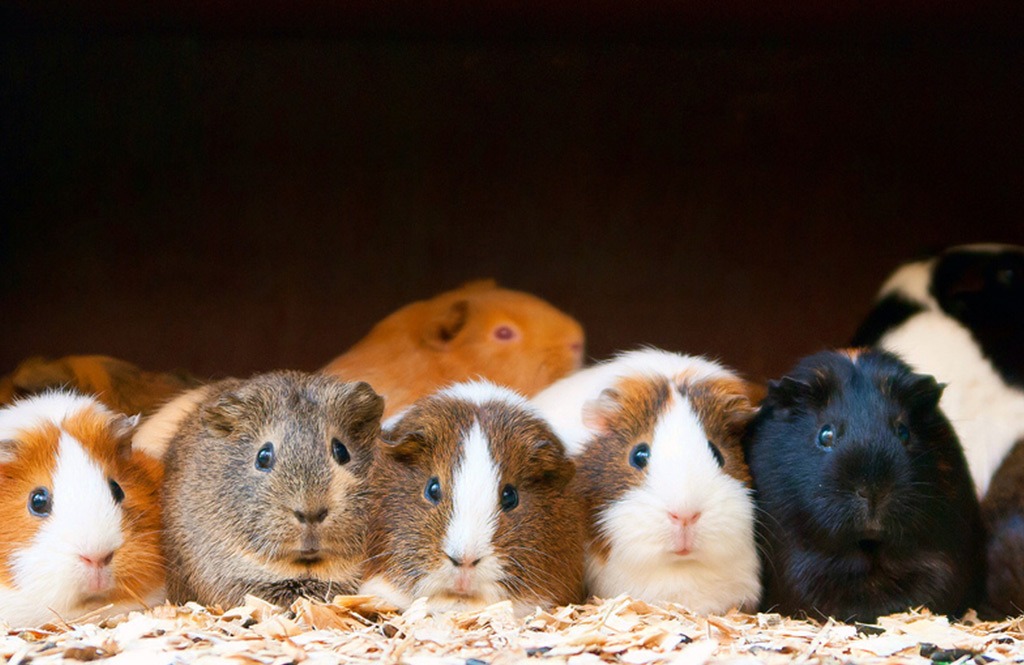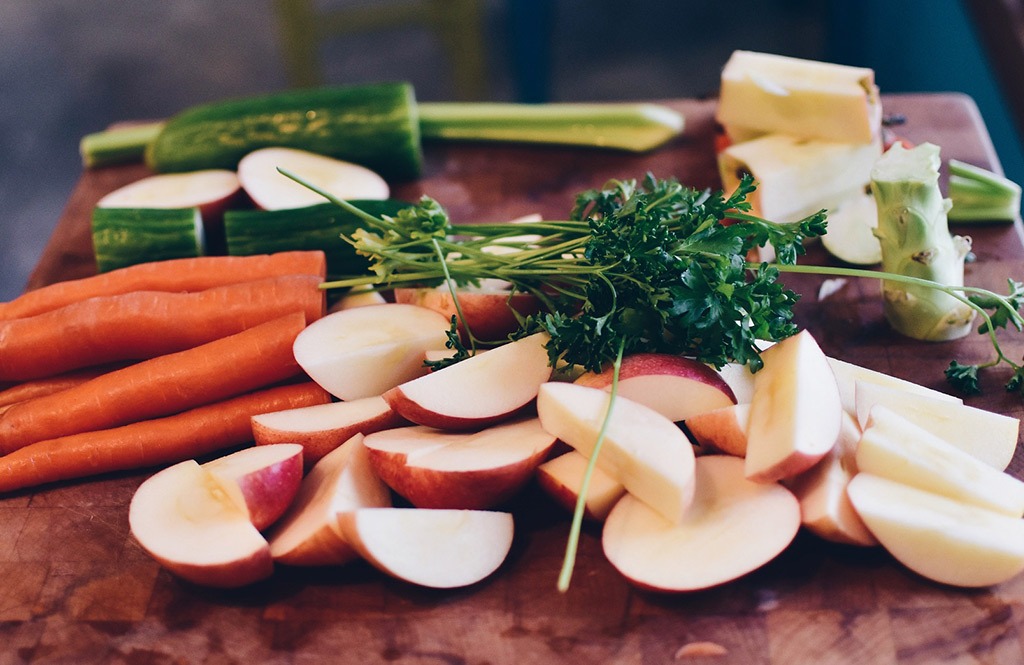What do Guinea Pigs eat? The Do’s & Don’ts

What do Guinea Pigs eat?
If you were to ask the average person what guinea pigs eats, most people would guess the same thing; grass. But finding the right foods to suit the unexpectedly complex dietary requirements of guinea pigs can prove to be quite a challenge. Like tiny hairy hipsters, all guinea pigs are vegans. You will not find any smashed avo on the menu, however. 3 basic plant-based food groups make up an all-natural guinea pig diet. Grass hay, pellets, and a variety of vitamin-rich fruits and vegetables make up a balanced diet, and sourcing the highest quality food is essential for happy and healthy guinea pigs.
The grass hay is always greener
Yes, Mr or Mrs. Average person, grass is necessary, but there’s a little more to it than that. Grass or grass hay is an essential part of the diet because of the digestive needs of the Guinea Pig. Not only is grass hay essential to the digestive process, gastrointestinal and the breaking down of foods, but it encourages chewing, which helps to maintain the Guinea Pig’s dental integrity. Acceptable hays include Timothy, Oaten, Wheaten, Pasture, Paddock, Meadow, and Ryegrass. The grass should always be greener, with the highest quality grasses and hays being rich in colour, supple, aromatic, and free from things like mold and dust.
Most guinea pig experts agree that grass hays like alfalfa or clover should not be fed to healthy adult guinea pigs because of their high protein and calcium content. The only exception to this rule would be young guinea pigs under the age of 4 months and pregnant or nursing guinea pigs who require additional calcium.
Fresh fruit and veg
Humans and guinea pigs, although very different in looks, share one common physical trait. Neither we nor they can produce our own vitamin C.
But before you go pumping poor piggy with pills and supplements, why not set up a nice fresh salad bar. A guinea pig can receive all the vitamins and nutrients necessary from a range of fresh leafy green vegetables & herbs. Recommended vegetables include broccoli, cabbage, celery, carrot, bok choy, most Asian greens, dark-leafed lettuces, parsley, dandelion, coriander, basil, dill, and mint. However, most dietitians recommend that guinea pigs eat around 1 cup of vegetables a day, and like the grass, should avoid high calcium foods. It is, therefore, safer to supply small quantities of vitamin C-rich foods such as citrus or kiwi fruit as an alternative.
Vitamin C is very important in preventing health issues. Young, ill, nursing or pregnant animals require additional sources of Vitamin C. Vitamin C supplements, if needed, should be given in small amounts in powder or tablet form.
Pellets Get Down to Business
The truth about pellets is they’re not as important in the diet as a fresh constant supply of grass hay. Even when fortified with Vitamin C they should not become a substitute for grass hay. If pellets are an addition to the guinea pig diet, about 1/4–1/8 cup is the recommended daily amount. It is highly recommended that guinea pig pellets are corn-free and seed-free.
We fear change
When introducing any new foods to a guinea pig’s diet, it is essential to do so slowly and patiently. It takes some time for a guinea pig to get used to dietary changes. The sensitive digestive system of the guinea pig can be easily upset by foods that aren’t portioned correctly. Providing a small sample during the first try and slowly increasing the serving size can be a comfortable change.
The no-go zone
Guinea pigs need to avoid certain vegetables completely. The consequences can range from smelly to dangerous. Too much cabbage consumption can cause cutting the cheese (flatulence) or even diarrhea. Plants from the onion family, including leek and chive, are to be avoided. So too are bulbous plants such as the garlic family, as they also cause flatulence. The following foods should never be given to guinea pigs: cereals, grains, nuts, seeds, corn, beans, peas, bread, biscuits, sweets, sugar, breakfast cereals, chocolate, buttercups, garden shrubs, potato, and, unfortunately, avocado.

Good to go
Last, but most importantly, all guinea pigs need water. A continuously available source of fresh clean, water is essential. You must empty, rinse, and resupply any water bottles in a guinea pig enclosure daily. With clean water and a variety of fresh foods, your guinea pig will live a happy and healthy life. Don’t forget to check out our store for all your guinea pig needs. We also have many more articles on our blog that are a great read for any pet owner. You can also find additional information on the RSPCA Knowledge Base article for a Guinea Pig’s Diet.

